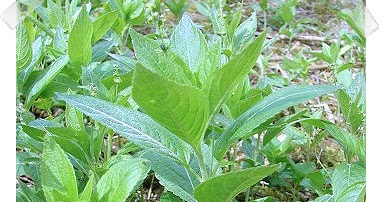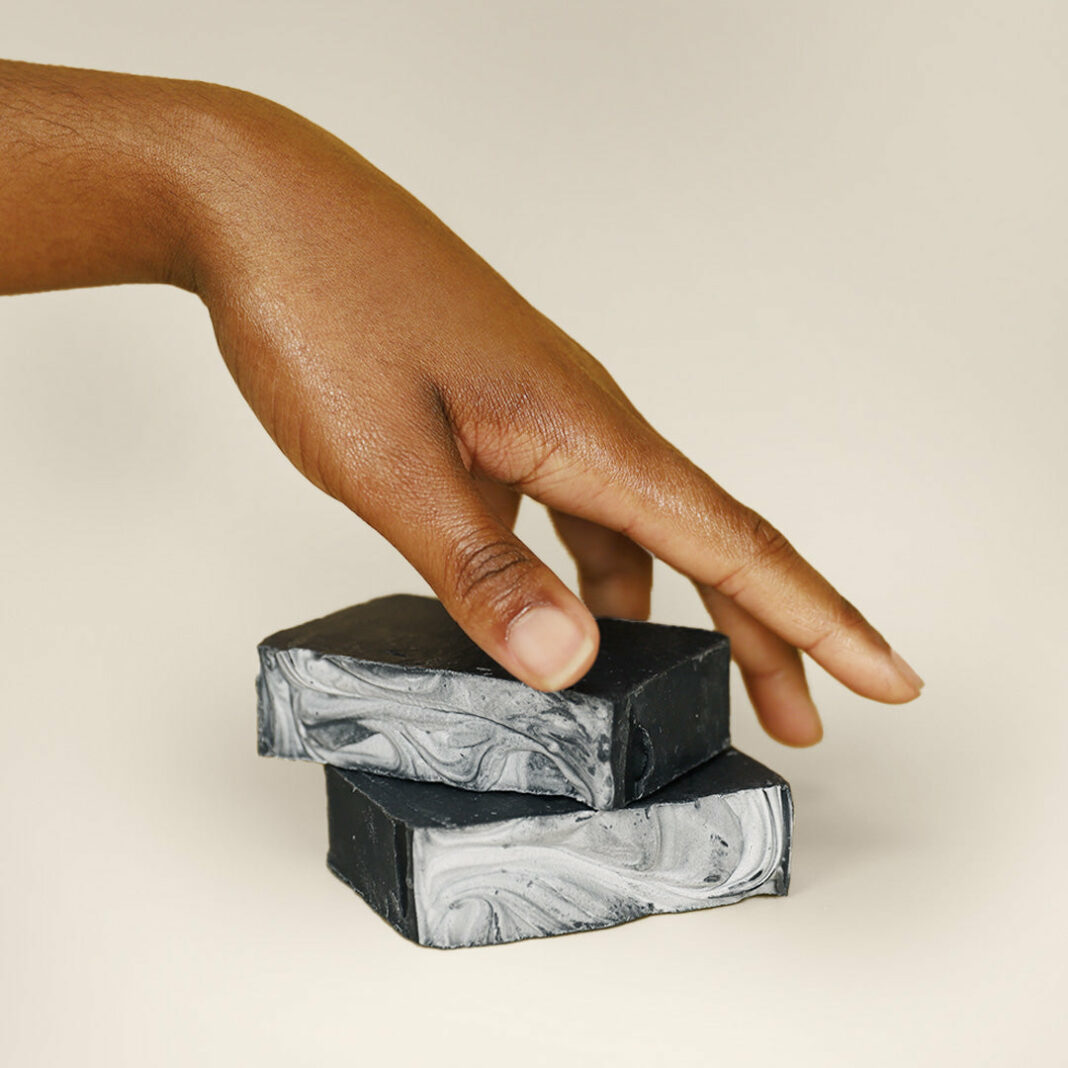Dog’s Mercury is a native of the British Isles and a member of the Spurge family, it’s commonly found in shady woodland areas. The green flowers (see photo below) are tiny and grow along spikes, an interesting thing about this plant is that the male and female flowers grow on separate plants. The dark green leaves are oval and slightly pointed with a rounded ‘teeth’ edge. Dog’s Mercury shouldn’t be confused with Annual Mercury (Mercurialis annua) sometimes called Garden Mercury which is an edible pot herb which seems to have been confused with Dog’s Mercury by the likes of Gerrard and Parkinson and the herbal archivists of their time. It’s a plant that occurs across Derbyshire, the above photo was taken at Crich Tramway Museum in April 2007. This weekend on a visit to Calke Abbey, I noticed that the Dog’s Mercury there was beginning to emerge, which triggered me to post some information on this herb/plant. To date, Crich is the only place I’ve witnessed just how invasive this plant can be, along with the Ramsons it forms carpets of lush green growth in the spring that seems to smoother out everything else.According to Maude Grieve, the juice of the whole plant, freshly collected when in flower, mixed with sugar or with vinegar, is recommended for externally treating warts, and for inflammatory and discharging sores, and also, applied as a poultice, to swellings and to cleanse old sores. Although I wouldn’t want to apply it to my hands in the event that I may end up putting them in my mouth and end up ill or dead!
Dog’s Mercury is cited in some of the old herbals, but it was abandoned as a medicinal remedy as it was found to be lethal for internal use. Culpeper speaks strongly about the poisonous qualities of Dog’s Mercury, and adds, with some contempt: ‘ The common herbals, as Gerarde’s and Parkinson’s, instead of cautioning their readers against the use of this plant, after some trifling, idle observations upon the qualities of Mercurys in general, dismiss the article without noticing its baneful effects. Other writers, more accurate, have done this; but they have written in Latin, a language not very likely to inform those who stand most in need of this caution.’Something I did find of interest given my latest herb project to discover native herbs and wild plants to dye with was a snippet in Maud Grieve’s “A Modern Herbal” that says when Dog’s Mercury is “steeped in water, the leaves and stems of the plant give out a fine blue colour, resembling indigo. This colouring matter is turned red by acids and destroyed by alkalis, but is otherwise permanent, and might prove valuable as a dye, if any means of fixing the colour could be devised. The stems are of a bright metallic blue, like indigo, and those that run into the ground have the most colouring matter.” Something to look into and given the abundance of Dog’s Mercury around these parts, I won’t be without a plentiful supply to experiment with, all I need to do is donne the marigolds and make sure I don’t put my fingers in my mouth when I experiment!


